#humber estuary
Text

Humber Mood
Oct3123
#photographers on tumblr#original photographers#iphoneography#jumpneo shoots#sea scape#sand scape#humber#humber estuary
67 notes
·
View notes
Text


Green hairstreak butterfly
#butterfly#green hairstreak#macro#macro photography#nature#nature addict#nature lovers#nature photographers#ywt#yorkshire wildlife trust#spurn point#east coast#yorkshire coast#humber estuary#original photograph#original work#original content#all my own work#photographers on tumblr
24 notes
·
View notes
Text
458pm Grimsby to Immingham
458pm Grimsby to Immingham
[This walk was completed on the 9th November 2021]
The river bank stretches ahead. Immingham Docks – which I could see from the very beginning of the bank – don’t seem any nearer.
I pass a strange little concrete box. Is it a WW2 defence box? A type of pill box? If so, I’ve never seen one that looks like this before. It could also be a bus shelter, I suppose, but unlikely as this isn’t a road.…

View On WordPress
2 notes
·
View notes
Text





Humber bridge.
8 notes
·
View notes
Text

1 note
·
View note
Text
It's time art took a stand
Let's take the fight to the Greenwashers
I hear the river laugh.
I’ve been absent for a while, working on some projects dear to me. Global warming and genocide and if that seems gloomy and far-fetched, just wait. There is a link.
What will Holderness be in a few years. I let my imagination run with it and now I’m more scared. The picture is of an autumnal Beverley Minster. The towers are about 90m high. Sea levels will rise 12m if we…
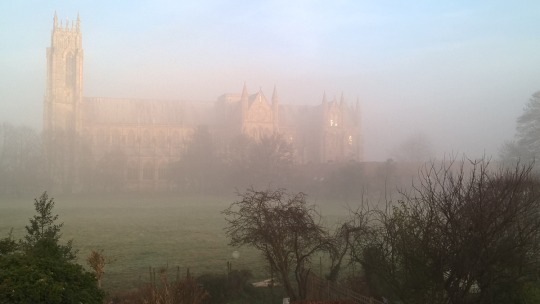
View On WordPress
#armoured balls#coastal erosion#Ecology#erosion#Estuary#Genocide#global warming#google#Greenwashing#gulls#holderness#Humber#Ice Age#lost villages#Nottingham#Ouse#Salt End#SEO#sunk island#Trent
0 notes
Text
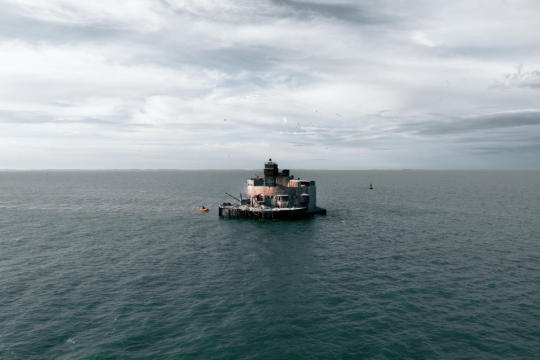


Bull Sandfort in the Humber Estuary | Yorkshire, England
768 notes
·
View notes
Text

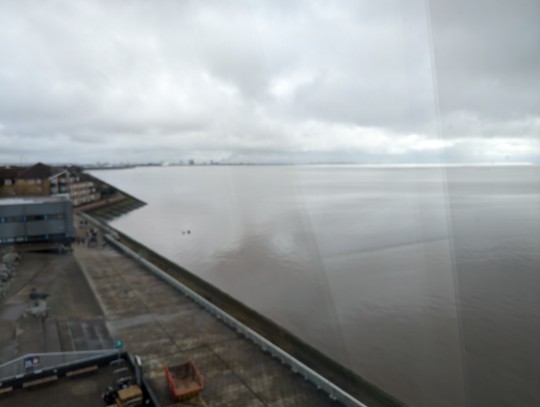

People don't realise how collossally big the Humber estuary is
It's magnificent, but also the reason we're fucked without adequate flood defences
17 notes
·
View notes
Text

Suzanne Caporael (American, 1949)
Humber River Estuary (gray) - 2002
more here
76 notes
·
View notes
Text
Paul Kerswill's Dialect Leveling Theory
What is Dialect Leveling?
Dialect levelling is a form of standardisation whereby local variations of speech lose their distinctive, regional features in favour of a more urban or mainstream dialect. This means that the speech forms of different parts of the country are becoming more similar over time and this results in a reduction of language diversity. There are several factors involved in dialect levelling:
Geographical mobility results in greater dialect contact between commuters.
Social mobility and consequent breakdown of tight knit working class communities.
Increased interaction with people of other speech varieties.
Children are less likely to adopt their parents’ pronunciation as they come under peer pressure to conform to the linguistic norm of the group. Adolescents take on a vital role in language change.
Economic change lead to loss of rural employment and construction of suburbs and new towns.
World Wars meant a change in roles within society especially WWII when women went out to work and soldiers mixed with a wide range of geographical and social backgrounds which may never have previously clashed.
Traditional Dialect Features:
North/Midlands - ‘tha’ for ‘you’, ‘hissen’ for ‘himself’, ‘I is’ or ‘I are’ for ‘I am’, ‘reet’ for ‘right’
Southwest - ‘her’ for ‘she’, ‘I be’ for ‘I am’, 'umman’ for ‘woman’
Modern Dialect Features:
Multiple negation ‘I don’t want none’
Use of ‘ain’t’ for negative auxiliaries
Use of ‘them’ as a demonstrative adjective ‘Look at them big spiders’
Use of glottal stops for /t/ at the end and in middle of words ‘bu/?/er’ ‘le/?/ me’
Replacement of /th/ sounds by /f/ or /v/ so ‘thin’ becomes ‘fin’ and ‘brother’ becomes ‘bruvver’
Order of Spread of Levelling
London and surrounding area
Southeast
Central England – Midlands, East Anglia
Northern England
Northeast England and Scotland
The outcome of levelling is a convergence of accents and dialects towards each other. In some cases, this leads to southern features being adopted in the whole country contributing to the spread of Estuary English as a nationwide dialect.
Kerswill investigated the changes in dialect in Milton Keynes, Reading and Hull by interviewing local residents of different ages and studying their pronunciation of certain speech sounds. He generally used children of the ages 4, 8 and 12 (equally divided by sex) and one caregiver, usually the mother.
The recordings were from either specific tasks given to the children such as quizzes or spot the difference games or spontaneous speech obtained by interviews or playground recordings. The children’s caregivers were also interviewed.
Milton Keynes and Reading are both viewed as towns where social and geographical mobility is high as there are plenty of newcomers from all social classes expanding the economy of the areas. However, as Reading is a more established town the population is more stable and local they do not rely on commuters as much.
Hull is geographically more isolated and more economically depressed than the other two towns; cut off from the south by the River Humber and remote from other large metropolises, the town is less attractive to commuters. Social networks are closed as the city is largely working class while surrounding villages are middle class so working/middle class children attend different schools and teenagers living on the estate studied were often third generation locals.
Milton Keynes:
Older residents used vowel sounds typical of the traditional, local accent, newcomers (e.g. parents) spoke with a variety of regional accents, while children spoke like their parents/carers for the first 4 years ( school age – one child sounded Scottish at 4 yrs but had changed to local accent by 5 ½ yrs. before changing to a new Milton Keynes accent) which had developed into Estuary English (watered down cockney with some vowels closer to received pronunciation) and were typical of south-eastern speech.
Reading:
Gradual change as children were influenced by their local born-parents and grandparents. Some change was apparent with older residents pronouncing the post- vowel /r/ sound in ‘start’ and ‘nurse’ and young speakers replacing /t/ with a glottal stop /?/.
Hull:
Young speakers retained the northern accent of their older relatives, notable in vowel sounds such as /u/ in ‘but’. They differed again in the use of glottalling and /th/ fronting in words like ‘think’ and ‘brother’.
North/South Levelling:
Kerswill identified a gradual move among adolescent, Southern speakers towards the more standardised, less localised variations of speech. However, in Hull, the closed social networks encourage the continuation of traditional pronunciations, for example, dropping the /h/ was widespread in both old and young residents of Hull but far less so in Reading and Milton Keynes.
He suggests an economic factor – the prosperity of southern towns makes social mobility and achievable goal for young people, however, the high levels of unemployment in northern towns such as Hull makes children unconvinced of the value of education as a passport to social mobility and therefore reject the pressure from authoritarian systems such as the educational one to modify their accents. Why the /th/ fronting and glottalling in Hull then, as this is common in Reading and Milton Keynes as well.
Kerswill says that these linguistic variations are associated with youth culture rather than social class as they are spread though the media and celebrity culture popular with adolescents. Hull teenagers can signify their allegiance to their region and class by maintaining the traditional northern accent as well as identifying themselves with their peer group by adopting new phonemes popular with youth culture which may still be working class but not traditionally northern.
—
#a level 2021#a level english#english language#a level english language#a levels#language#accent and dialect#paul kerswill#a level 2022#linguistics
72 notes
·
View notes
Photo

Pen-y-Ghent, Yorkshire Dales, North Yorkshire by Baz Richardson - back for a bit Pen-y-Ghent - despite sounding Welsh - is one of the Yorkshire Three Peaks, and is situated between Ribblesdale and Littondale in the Yorkshire Dales. It is 2,277 feet above sea level. Pen-y-Ghent is made up of a millstone grit top upon a bed of carboniferous limestone. The summit acts as a watershed with water flowing east into the River Skirfare and on through to the Humber Estuary, and water flowing west dropping into the River Ribble, to ultimately flow into the Irish Sea. The distinctive rakes that adorn the hillside (particularly on the western edge of Pen-y-Ghent) were revealed during a great storm in July 1881. The ferocity of the water cascading down the hillside removed the topsoil and revealed the rakes beneath. Source: Wikipedia https://flic.kr/p/2oBEXtC
2 notes
·
View notes
Text

Humber Mood
Oct3123
#photographers on tumblr#original photographers#iphoneography#jumpneo shoots#humber estuary#humber#humber bridge
17 notes
·
View notes
Photo










For about $60,000 you can finally live in a WWI seaport, built between 1915-1919 off the coast of England.
Bull Sands Fort, Humber Estuary
13 notes
·
View notes
Text
Lincoln Medieval Bishop’s Palace

Standing in the shadows of Lincoln Cathedral, looking down on the ancient city and the Lincolnshire countryside beyond, the medieval bishops’ palace was one of the most important buildings in the country.
The administrative centre of the largest diocese in medieval England, the Bishop’s of Lincoln held sway across the east of the country stretching from the Humber estuary to the river Thames.
The architecture of the palace reflects the power and wealth of the Bishop’s which is complimented by a wonderful simple contemporary garden and vineyard, a peaceful space elevated high above Lincoln with incredible views.
It is owned and managed by English Heritage
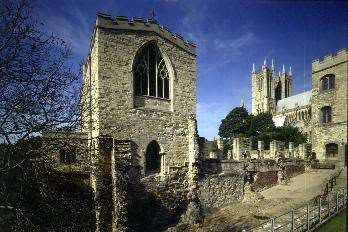
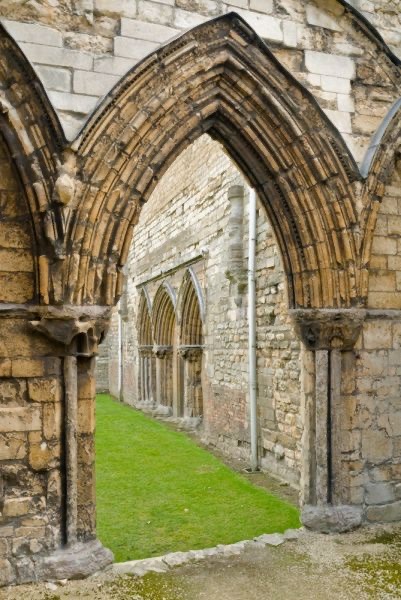
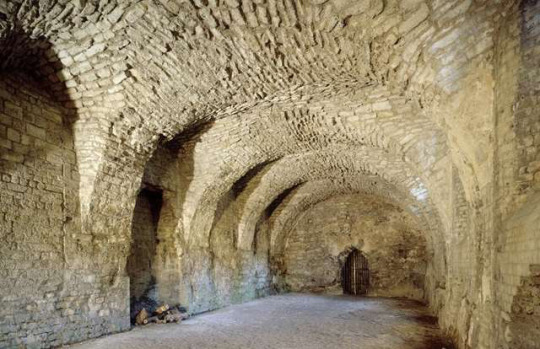

2 notes
·
View notes
Text
Have you ever visited The Deep in Kingston upon Hull? This fantastic aquarium is an international player in marine conservation, working on pioneering research schemes to protect the future of our oceans!
It is home to magnificent sharks, turtles, penguins and the UK's only green sawfish. The dramatic building, which overlooks the Humber estuary, was designed by world-class architects, Sir Terry Farrell and Partners in, what was then, one of the most deprived and unfashionable cities in England. The Deep is now the most commercially successful Millennium Project.
#the deep#aquarium#sharks#turtles#penguins#green sawfish#marine conservation#blue poison arrow frog#stingray#snakes#lizards#gentoo penguins#jellyfish#loggerhead sea turtle#biaza#northern powerhouse
6 notes
·
View notes